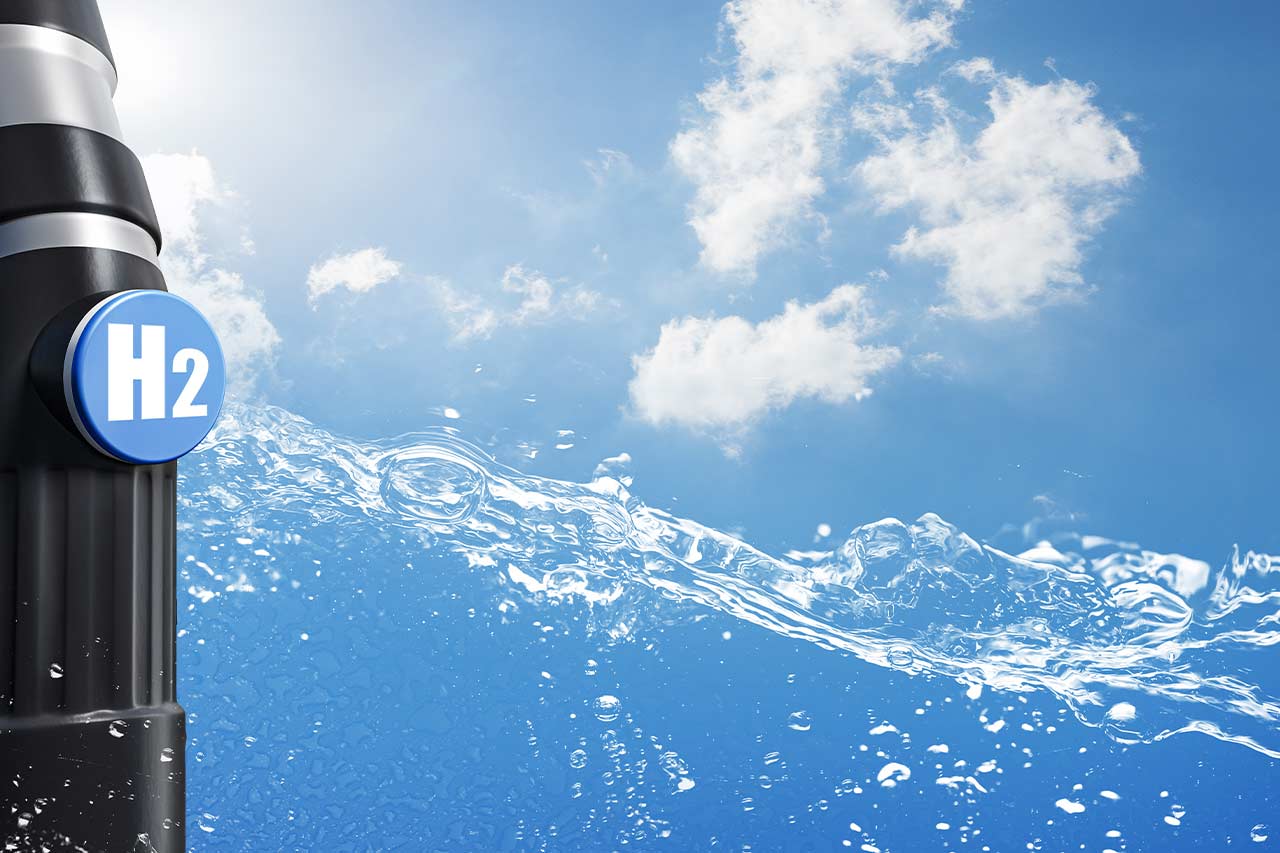Hydrogen mobility: towards the need for charging infrastructures

Paris, April 13, 2017 – As cities pursue a zero emissions goal and users’ interest in cleaner and quieter engines increases, so does the demand for fully electric vehicles. However, one of the major obstacles to their expansion remains the range of at most 300 km, and the relatively long charging time (several hours).
To overcome these constraints, car manufacturers now offer hydrogen-powered vehicles, which offer two key advantages: a longer range of around 600 km and the fast “refueling” of hydrogen in 3 to 5 minutes. However, the development of the hydrogen mobility sector is currently facing a major obstacle: the lack of charging infrastructures across the countries.
Alcimed, a consulting company specializing in innovation and the development of new markets, reviews the infrastructural challenges faced by this sector.
A relatively new market with ambitious development prospects
Today, the hydrogen mobility sector is facing the great challenge of creating a charging network. Currently, there are 274 operational charging stations worldwide, including 106 in Europe, 101 in Asia (mainly Japan), 64 in North America, 2 in South America, and 1 in Australia.
Although this number reflects the early stage of the sector today, the countries’ ambitions are strong. By 2030 in Europe, the United Kingdom expects to have 1150 charging stations, Germany 1000, France 600 and the Scandinavian countries 300.
To further support the deployment of hydrogen refueling stations in Europe, ten European countries (Austria, Belgium, Denmark, France, Germany, Iceland, the Netherlands, Norway, Sweden, and the United Kingdom) have chosen to join forces to form Hydrogen Mobility Europe (H2ME). This project is the largest in this field and is created through the convergence of the four most ambitious hydrogen mobility initiatives in Europe: H2 MOBILITY Deutschland, Mobilité Hydrogène France, Scandinavian Hydrogen Highway Partnership and UK H2 Mobility. It brings together the main stakeholders in the hydrogen sector (car manufacturers, hydrogen charging station suppliers, and government representatives).
Japan, for its part, is the leading country in this field, with a target of 1000 charging stations by 2025, compared to 80 today. It is also the country that launched the Toyota Mirai, the first hydrogen-powered car to be produced industrially and even marketed for export. Now considered the world’s leading hydrogen player, Japan wants to use the 2020 Olympic Games to showcase its technologies and prove the viability of a “hydrogen society”. In this context, Tokyo has announced an investment of $445 million to set up a large network of charging stations for hydrogen-powered vehicles.
The challenges ahead
In order to deploy charging stations throughout the world, two issues must be considered.
The first challenge is related to the size of hydrogen charging stations. Given its low density, high volatility and ability to escape through the smallest cracks, hydrogen storage requires great care and energy. One of the techniques to facilitate the process is reducing the volume of the gas through compression. This solution is used in vehicles where hydrogen is compressed to 350 or 700 bar. However, the tanks must be large, heavy and watertight to withstand the high pressure. The current challenge is to reduce the size of the charging stations to enable their large-scale installation nearby usage zones.
The second challenge is related to the cost of the station itself. At more than one million euros, the hydrogen distribution network, which requires a very high level of safety, can only be extended within the framework of very proactive public policies. The example of Japan is very telling in this respect. The Japanese government subsidizes nearly half of the cost of installing the stations and also contributes to fixed operating costs to reduce the amortization period for the very heavy investments required for deployment. As for the major automobile manufacturers, they are committed to purchasing hydrogen from Air Liquide, the main hydrogen supplier in Japan.
Different roll-out strategies
To set up a grid capable of satisfying their hydrogen demand, the majority of countries opt for massive infrastructure development at the national level. France, for its part, operates through territorial networks, based on a cluster approach.
This approach aims to locally introduce commercial vehicle fleets sharing public or semi-public hydrogen refueling stations. In this way, customer demand initiates the deployment of the infrastructure, which facilitates its financing.
The Hyway program in Grenoble, which has the biggest fleet of hydrogen electric vehicles in Europe, is the best example to illustrate this approach. Launched in October 2014, the program manages Renault Kangoo ZE hybrid battery/hydrogen commercial vehicles around several charging stations in Grenoble and Lyon. The project, financially supported by the Auvergne-Rhône-Alpes Region, ADEME and Europe, brings together the main players in the H2 sector: Air Liquide, CEA, CNR, GEG, GNVERT, McPhy Energy, PUS (Cofely Services), SymbioFCell. Fifty Kangoo hybrids, powered by two distribution stations in Grenoble and Lyon, are already operating in the region today.
“For hydrogen mobility to develop one day and for fuel cell vehicles to be widely used, it is essential to establish a network of charging infrastructure in the regions.” explains Jean-Philippe Tridant Bel, Alcimed Associate Director and Director of the Energy Environment Mobility Division. “However, in addition to this major challenge, the sector is also facing technical, economic and environmental challenges, which will have to be addressed if hydrogen is to become a fuel that can one day compete with current ones.” he concludes.